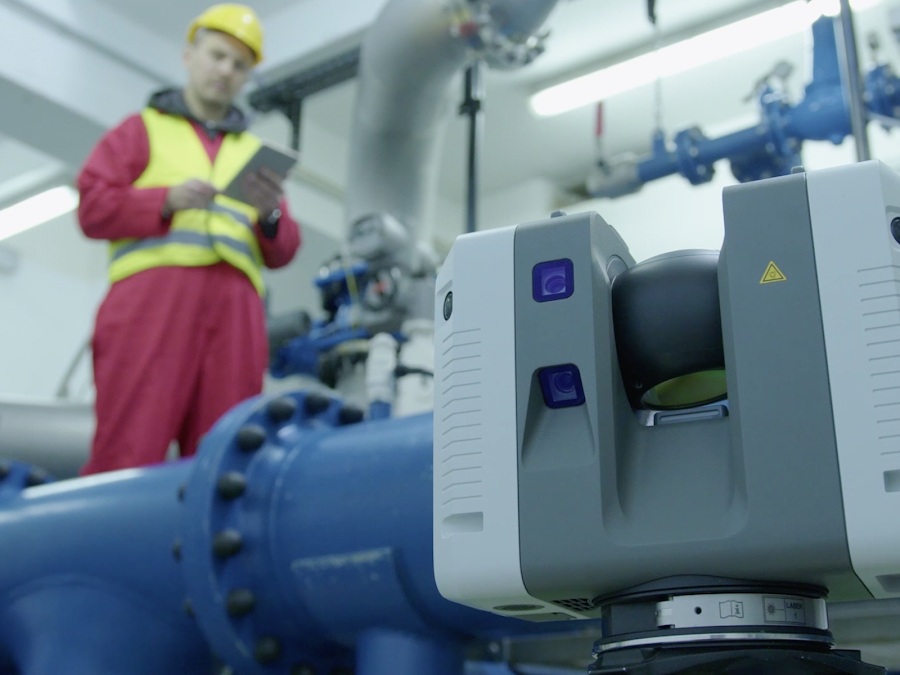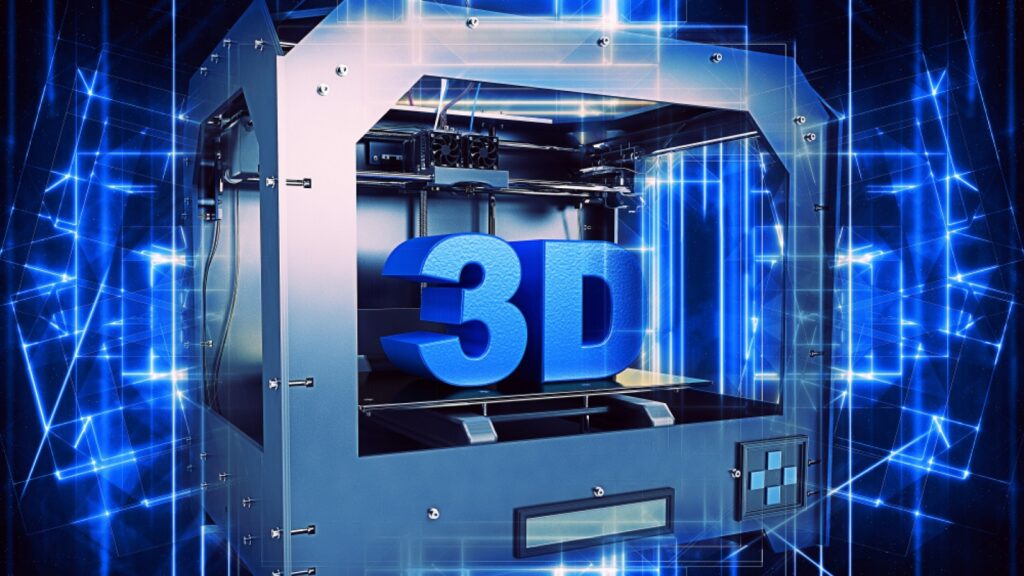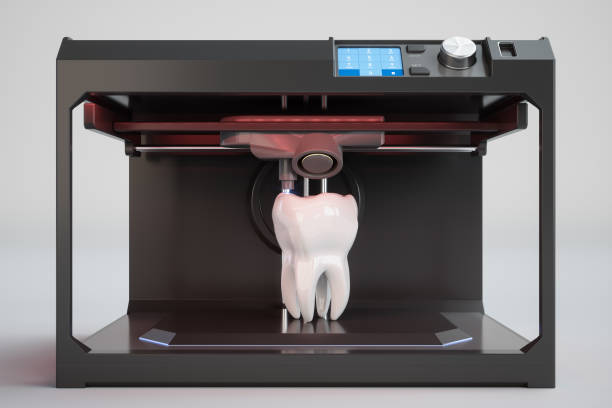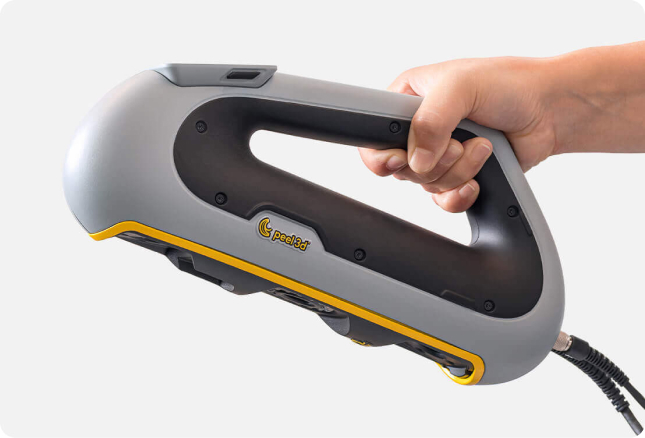Best 3D Scanners of 2025: Honest Reviews from Real Testing | Complete Buyer’s Guide
Looking for the perfect 3D scanner? Our hands-on guide compares the top models of 2025 across all price ranges, with real-world testing and practical advice for beginners to pros.
My Journey into the World of 3D Scanning
I never planned to become obsessed with 3D scanners. It started when my daughter needed to preserve her science project—a detailed clay model of our local mountain range. After borrowing a scanner and seeing her face light up when we printed a perfect replica, I was hooked.
Five years and dozens of scanners later, I’ve tested everything from budget options to professional powerhouses and interviewed makers across industries. This guide isn’t based on manufacturer spec sheets—every scanner mentioned has been in my hands or the hands of professionals I’ve interviewed.
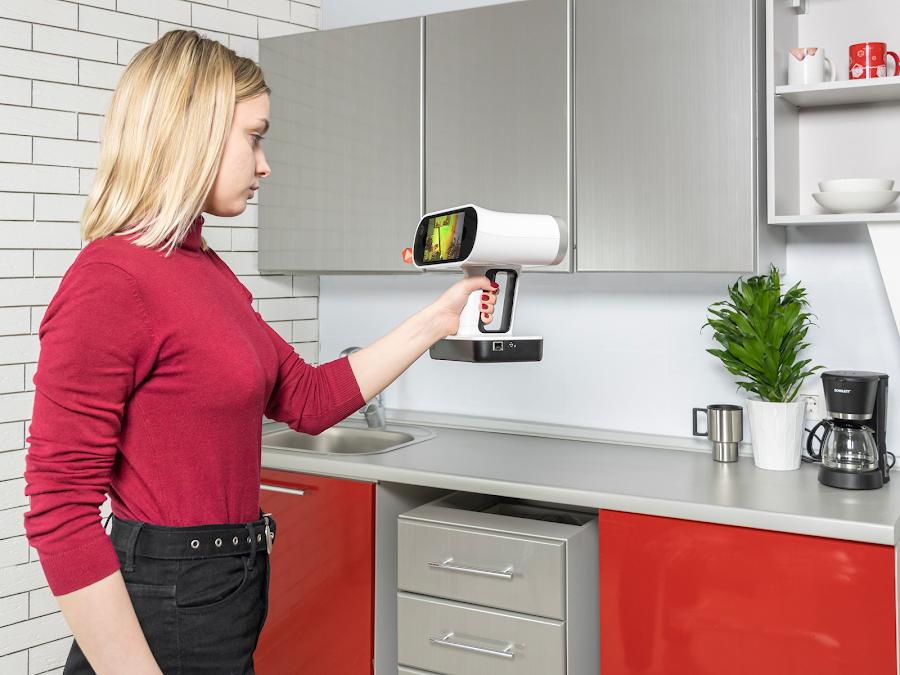
Understanding 3D Scanner Technology: The Basics That Matter
A 3D scanner creates digital models of physical objects, but the methods they use vary dramatically, affecting what they can scan and how accurately.
Laser Triangulation: Precision with Light
How it works: Projects laser lines across objects and measures distortion to calculate shape.
Real-world example: I used a Shining 3D EinScan Pro 2X Plus to digitize my grandfather’s wooden chess set, capturing tiny tool marks showing how he carved each piece by hand decades ago.
Structured Light: Fast and Accurate
How it works: Projects patterns of light onto objects and analyzes distortion to map surfaces.
Real-world example: My friend Jen uses an Artec Space Spider for her jewelry business. “It captures every hammer mark and texture—even the tiny imperfections that make each piece unique.”
Photogrammetry: Accessible Entry Point
How it works: Uses regular photographs from multiple angles to reconstruct 3D models.
Real-world experience: With just my phone and the Polycam app, I created surprisingly detailed models of my vintage typewriter collection—impressive for technology that fits in my pocket.
LiDAR: Going the Distance
How it works: Emits pulsed light and measures return time to create point clouds.
Real-world application: I helped my sister scan her entire apartment before a renovation. The LiDAR scanner on her iPad created an accurate floor plan in minutes.
What Actually Matters When Choosing a 3D Scanner
Accuracy & Resolution: The Details of Detail
For professionals: Look for accuracy ratings of 0.1mm or better. The Artec Leo and both ZEISS options (GOM and T-Scan) lead here.
For hobbyists: The Thunk3D Archer hits a sweet spot with 0.05mm accuracy at a mid-range price.
Budget-conscious truth: In my testing, the Revopoint POP 3 consistently delivered its claimed 0.1mm accuracy, while some competitors fell short.
Scanning Volume: Size Matters
Desktop units: The Matter and Form 3 works brilliantly for objects under 7 inches but becomes frustrating for anything larger.
Handheld flexibility: The 3D Maker Pro Seal gives you freedom to walk around objects of virtually any size.
Real-world insight: For most home users, a handheld scanner provides more versatility than a turntable-style desktop unit.
Software & Usability: The Hidden Cost
The learning curve reality: I’ve seen people abandon excellent scanners because the software was too complex. Artec Studio is comprehensive but takes weeks to master, while Shining 3D’s ExScan Pro offers a gentler onramp.
My recommendation: If you’re just starting, prioritize user-friendly software over marginal hardware improvements. The best scanner becomes useless if its software defeats you.
The Real Budget Consideration
For occasional use: Starting under $1,000 makes sense. The Revopoint POP 3 ($549) or Matter and Form 3 ($749) provide excellent entry points.
For serious hobbyists: The sweet spot is $500-$2,500, where the 3D Maker Pro Moose ($699) offers capabilities that would have cost $10,000+ just five years ago.
For professionals: When your business depends on scan quality, the investment in systems like the Artec Leo ($25,900) or ZEISS T-Scan ($39,500) brings capabilities that justify the cost.
The Best 3D Scanners of 2025: Hands-On Recommendations
Best for Beginners: Revopoint POP 3 ($549)
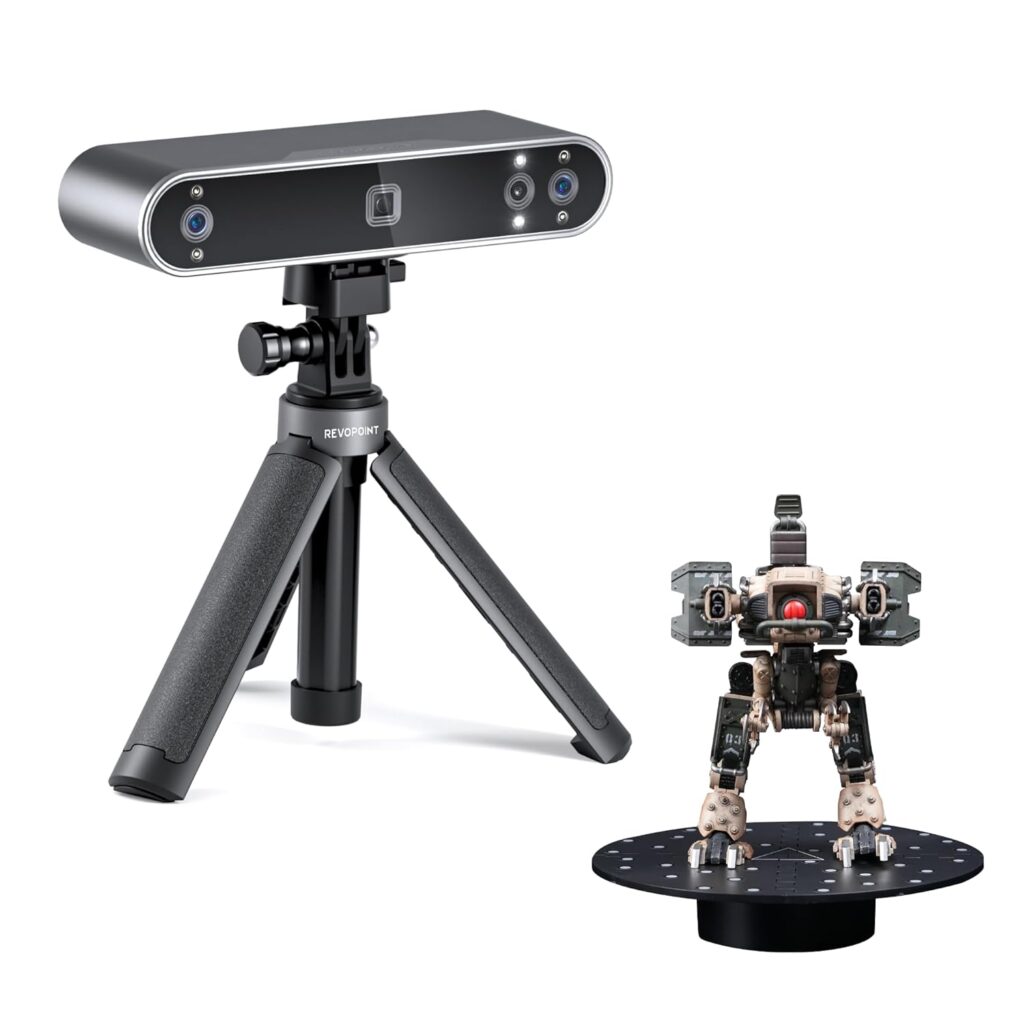
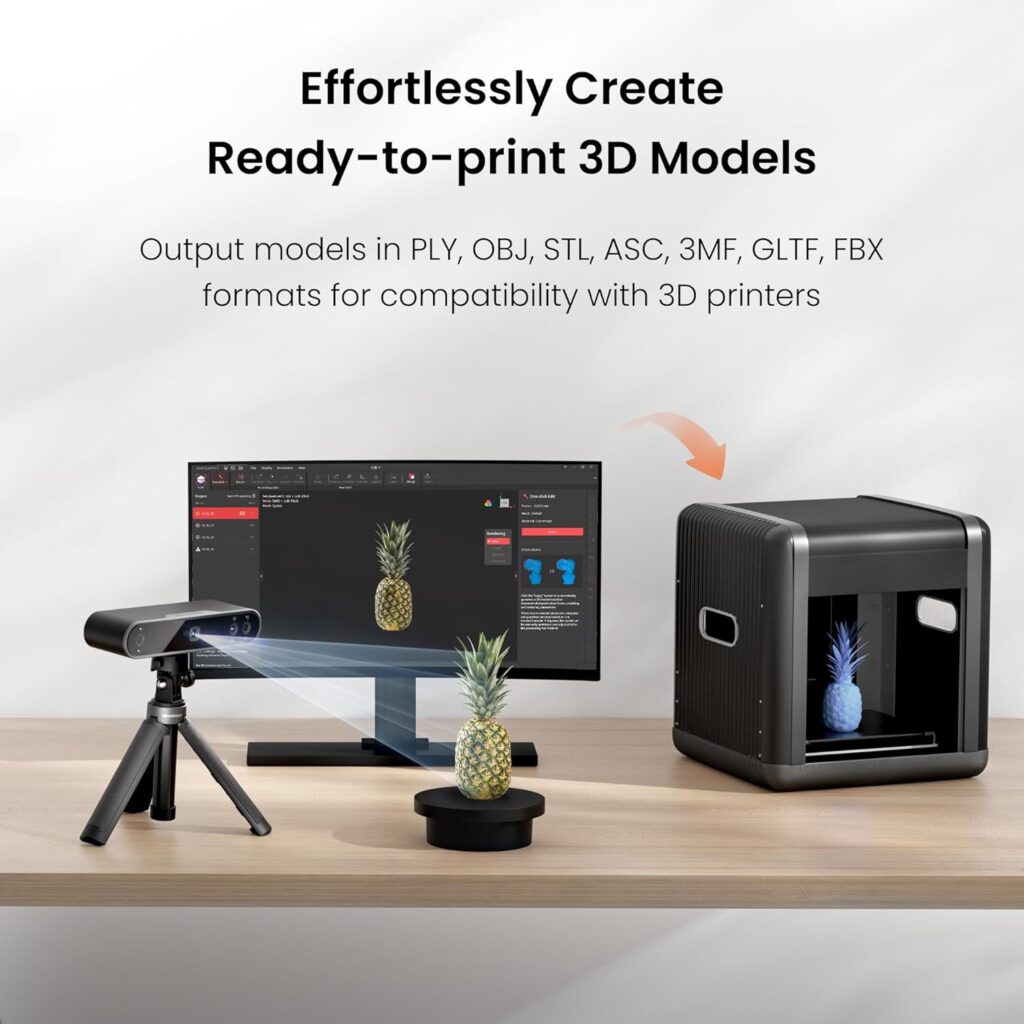
What I love:
- Genuinely achieves its stated accuracy
- Switching between structured light and infrared modes for different objects
- Approachable software for beginners
- Works with both Windows and Mac
What could be better:
- Requires good lighting conditions
- Struggles with shiny or transparent objects
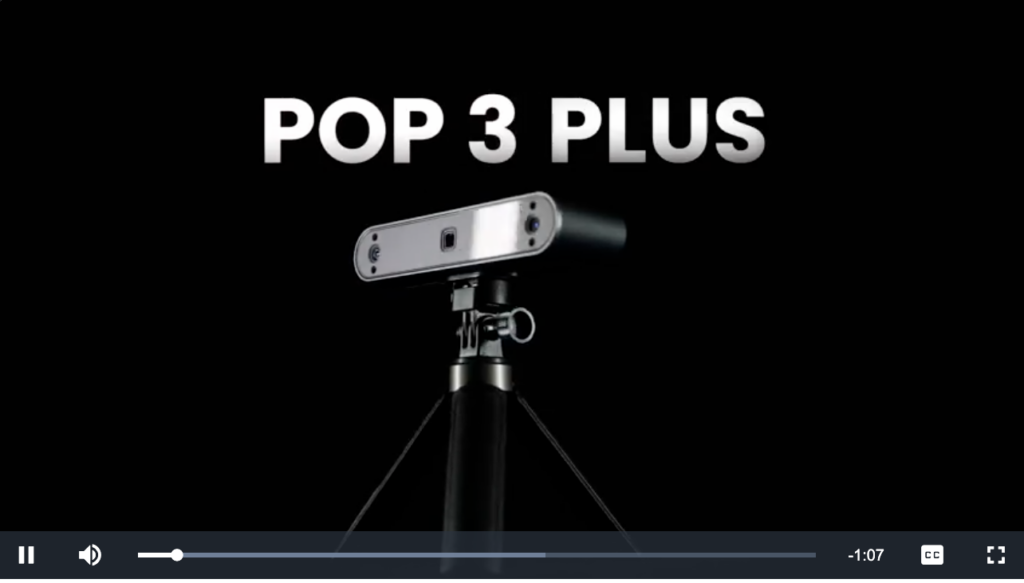
Real-world experience: I watched my 15-year-old nephew learn to use the POP 3 in a single afternoon. By evening, he had scanned his fossil collection with impressive detail.
Find The Best 3D Scanner for Your Needs – Get Started Now on MatterHackers!
Best Mid-Range Option: 3D Maker Pro Seal ($1,899)
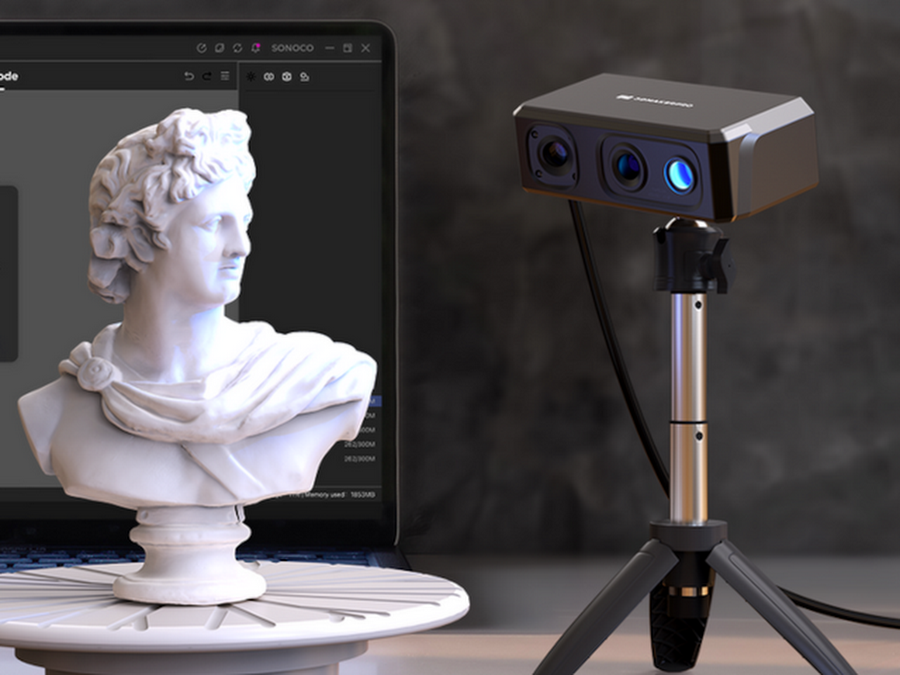
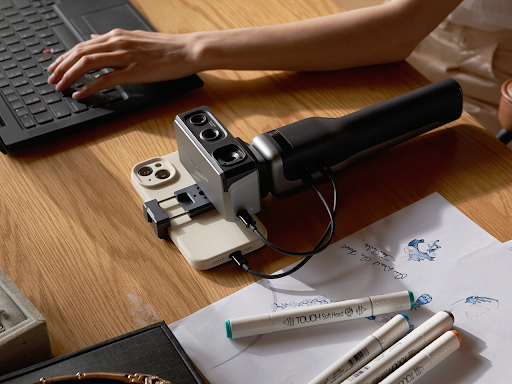
What I love:
- Handheld versatility with desktop-level precision
- Color capture alongside geometry
- Fast scanning speed reduces hand fatigue
- Excellent software interface with intuitive controls
Real-world application: A custom furniture maker I interviewed uses the Seal to scan antique pieces clients want reproduced. “It captures every curve and joint detail, letting me create perfect replicas that honor the original craftsmanship.”
Find The Best 3D Scanner for Your Needs – Get Started Now on MatterHackers!
Best for Professional Product Design: Artec Space Spider ($24,800)
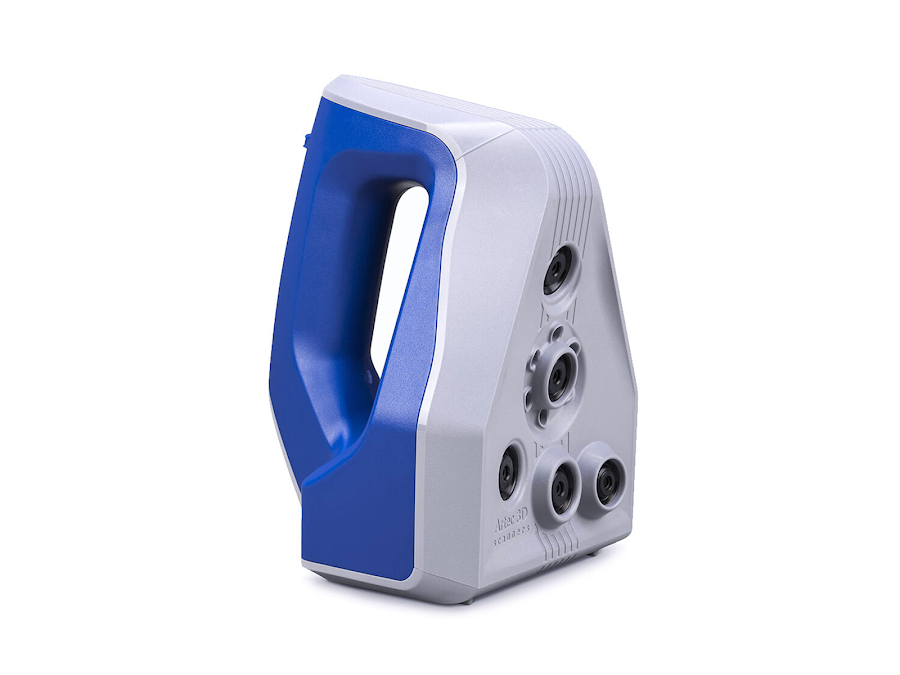
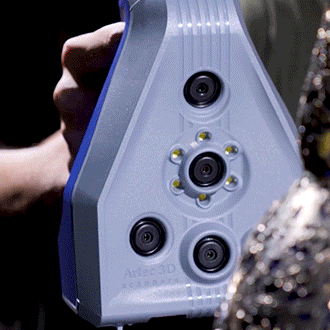
What I love:
- Industry-leading 0.05mm accuracy
- Captures both geometry and texture in astonishing detail
- Excels with small, complex objects
Real-world impact: A product design firm credited their Space Spider with cutting prototype development time by 60% through faster iteration and more accurate initial captures.
Find The Best 3D Scanner for Your Needs – Get Started Now on MatterHackers!
Best for Heritage Preservation: ZEISS T-Scan ($39,500)
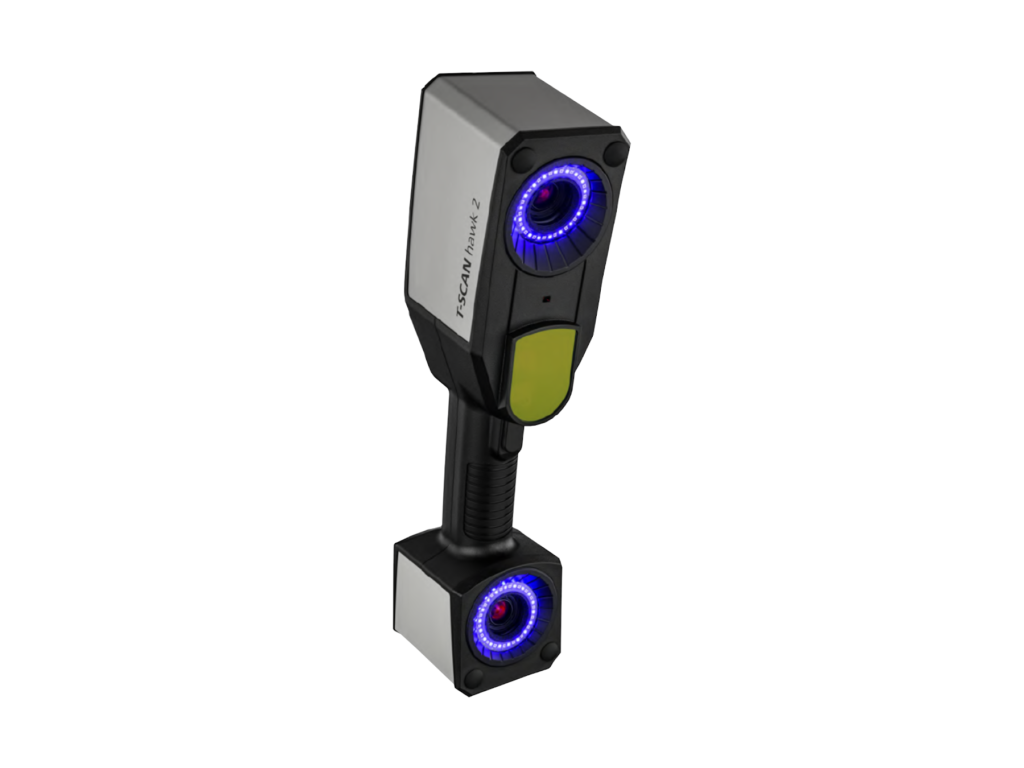

What I love:
- Unmatched precision for documentation purposes
- Excellent for medium to large-sized artifacts
- Widely trusted by museums and cultural institutions
Real-world application: During a museum project, I observed the ZEISS T-Scan digitizing deteriorating indigenous artifacts. The curator explained that beyond preservation, the digital models enabled virtual exhibitions reaching people worldwide.
Find The Best 3D Scanner for Your Needs – Get Started Now on MatterHackers!
Best for Large-Scale Scanning: Shining 3D EinScan Pro ($7,699)

What I love:
- Captures large objects with exceptional accuracy
- Portable enough for field work
- Multiple scanning modes for different scenarios
- Outstanding software package included
Real-world application: An architectural preservationist uses it to document historic buildings before restoration. “What used to take days of measuring now takes hours and provides perfect accuracy.”
Find The Best 3D Scanner for Your Needs – Get Started Now on MatterHackers!
Best Budget Desktop Scanner: Matter and Form 3 ($1499)
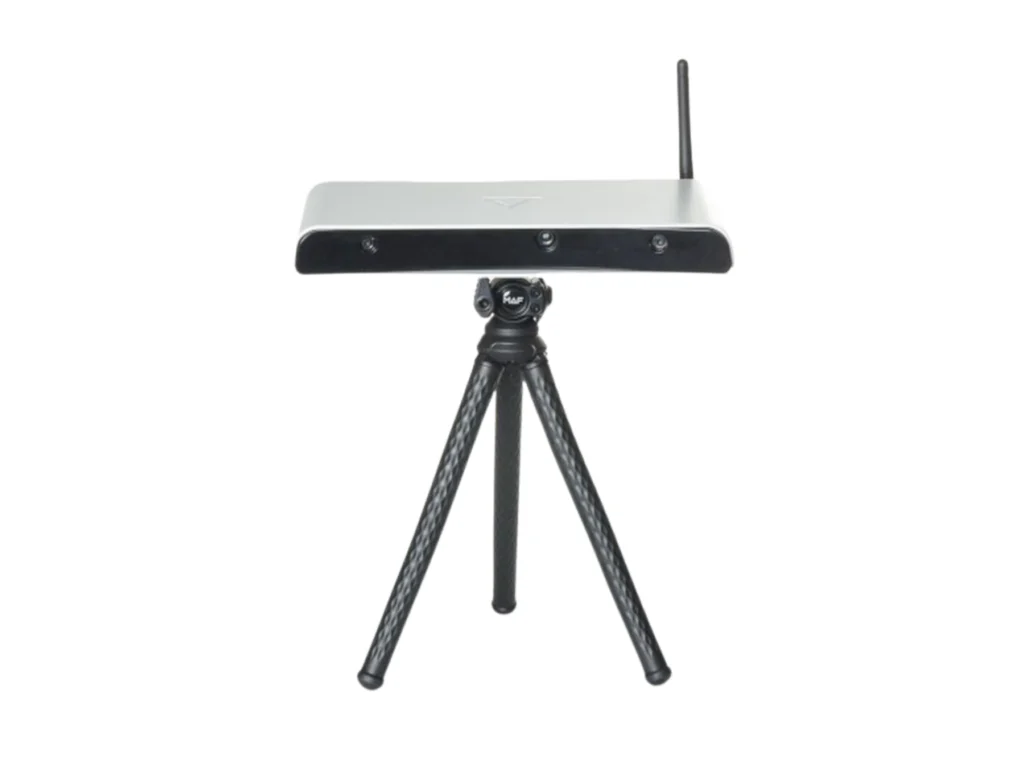
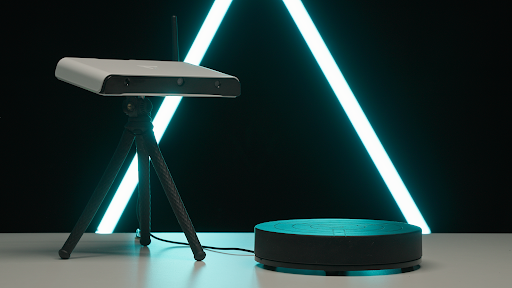
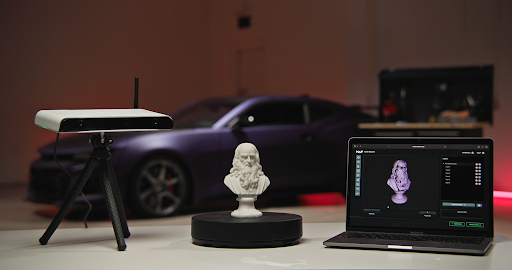
What I love:
- Enclosed design protects calibration
- Folds closed for storage
- Simple, straightforward software
- Good results with small to medium objects
Real-world perspective: A jeweler friend uses it to digitize custom pieces for documentation and marketing. “For small objects with complex details, it’s perfect. The turntable automation means I can start a scan and work on something else.”
Find The Best 3D Scanner for Your Needs – Get Started Now on MatterHackers!
Most Innovative Newcomer: Thunk3D Fisher ($5,999)

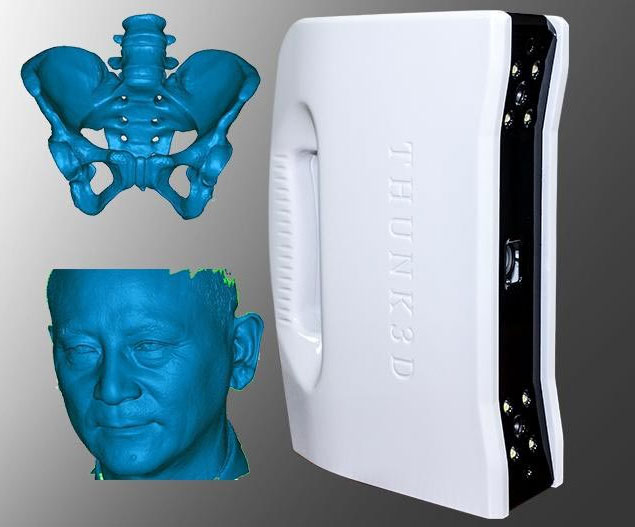
What I love:
- Multi-spectrum scanning handles difficult materials
- Extraordinarily fast capture speed
- Intuitive software with powerful features
Real-world experience: I’ve been testing it for three months, and it’s become my go-to recommendation for serious makers who balk at professional prices. I recently scanned a motorcycle engine block with complex geometries that required minimal cleanup—a task that would have taken hours with other scanners in this price range.
Find The Best 3D Scanner for Your Needs – Get Started Now on MatterHackers!
Real-World Advice for Successful 3D Scanning
Creating the Ideal Scanning Environment
Lighting makes or breaks your scan. For most scanners, diffused, even lighting produces the best results.
My practical setup: Two $30 softbox lights positioned at 45-degree angles to my scanning area eliminated most shadow problems and improved scan quality instantly.
Dealing with Difficult Materials
Quick fix for reflective objects: Temporary scanning spray makes a huge difference. Professional developers spray works best, but in a pinch, dry shampoo creates a removable matte coating.
The Scanning Technique Nobody Talks About
The method that works: Maintain consistent distance, move slowly and steadily, and scan in a methodical pattern rather than random passes.
Post-Processing: The Essential Final Step
Minimum viable workflow: I spend about 30 minutes cleaning up each important scan—filling holes, smoothing rough areas, and ensuring the model is watertight if intended for 3D printing.
Beyond the Basics: How People Actually Use 3D Scanners
Product Development & Engineering
A performance automotive shop uses their Artec Leo to scan engine components before modification, ensuring perfect fit of custom parts while reducing design time by weeks.
Cultural Heritage & Preservation
The Notre Dame fire highlighted why this matters—detailed laser scans completed years before are now playing a crucial role in the reconstruction efforts.
Healthcare Applications
My neighbor’s daughter needed a corrective helmet for a cranial abnormality. Instead of uncomfortable plaster casting, her doctor used a medical-grade scanner to create a perfectly fitted device in half the usual time.
Creative Projects & Art Production
A sculptor friend scans his clay models at various stages, allowing him to return to earlier versions or combine elements from different iterations—something impossible in traditional sculpture.
The Real Future of 3D Scanning: Trends Worth Watching
Smartphone Integration Getting Serious
I’ve been experimenting with Polycam on an iPhone 15 Pro. The results approach what dedicated entry-level scanners produced just three years ago, especially for larger objects in good lighting.
AI Processing Changing the Game
Software like Artec Studio now includes AI features that distinguish between actual object features and scanning artifacts, cutting cleanup time substantially.
Democratization of Professional Features
The recently released Revopoint RANGE offers accuracy approaching professional models at one-third the price of comparable systems from just five years ago.
Making Your Decision: How to Choose Your Perfect Scanner
For Beginners Exploring the Technology:
Start with photogrammetry apps or budget-friendly options like the Revopoint POP 3 ($549) or Matter and Form 3 ($749).
My advice: Focus on learning proper scanning technique and basic post-processing before upgrading equipment. Skills matter more than specs at this stage.
For Serious Hobbyists:
The mid-range sweet spot includes the 3D Maker Pro Seal ($1,899) or Thunk3D Fisher S ($5,999).
My advice: Consider how frequently you’ll use the scanner and what specific objects you’ll typically scan.
For Professionals:
Professional systems like the Artec Space Spider ($24,800), ZEISS GOM or ZEISS T-Scan ($39,500), or Shining 3D EinScan Pro ($6,899) deliver capabilities that justify their cost through improved workflows.
My advice: Calculate ROI based on time savings rather than just comparing purchase prices. Many professionals recoup their investment within months.
The Last Word: Perspective from Five Years of Testing
The magic of 3D scanning comes from bridging physical and digital worlds—creating perfect digital twins that can be shared, modified, and preserved indefinitely.
Remember that scanning is both technology and skill. Even modest equipment produces impressive results in experienced hands, while expensive scanners won’t compensate for poor technique.
Start with clear goals, choose appropriate technology, practice good technique, and enjoy the journey of bringing the physical world into digital space.
Find the Best 3D Scanner for Your Needs – Get Started Now on MatterHackers!
About the Author: This guide was developed through hands-on testing of over 20 different 3D scanning systems, interviews with professionals across industries, and consultation with everyday users. All recommendations reflect real-world performance rather than manufacturer specifications alone.
